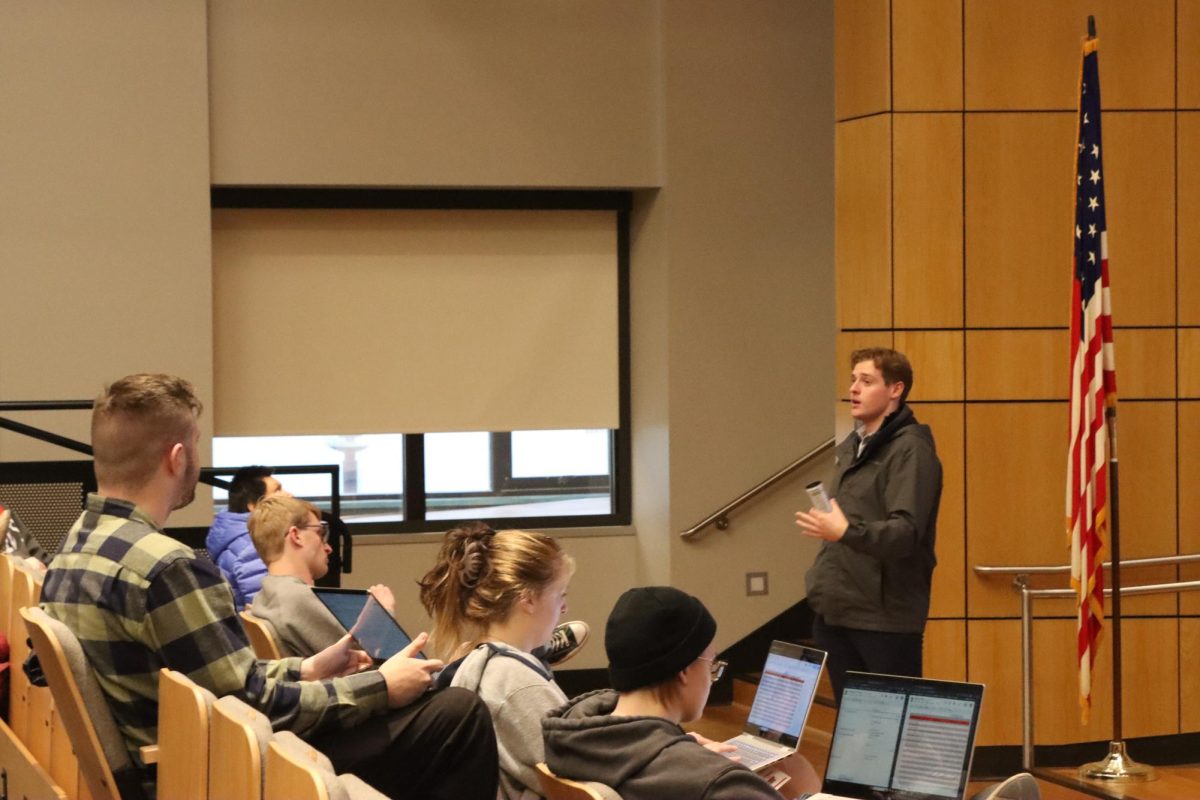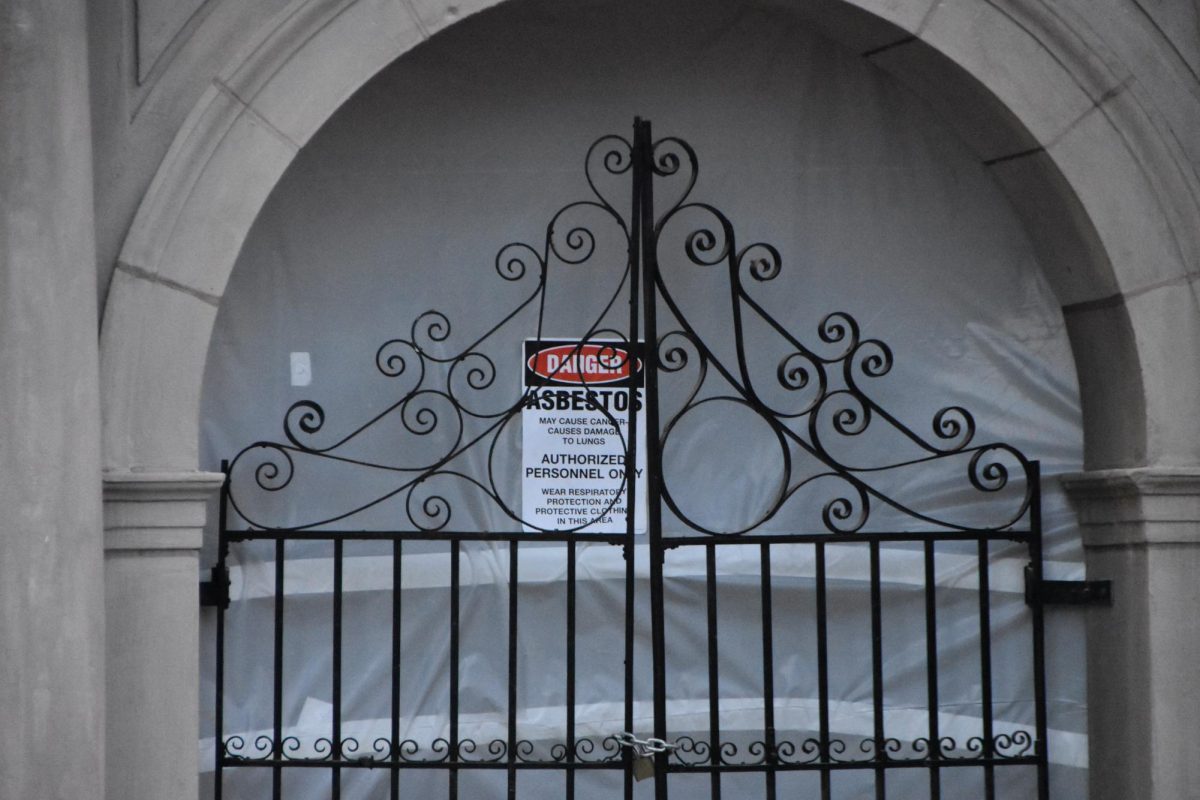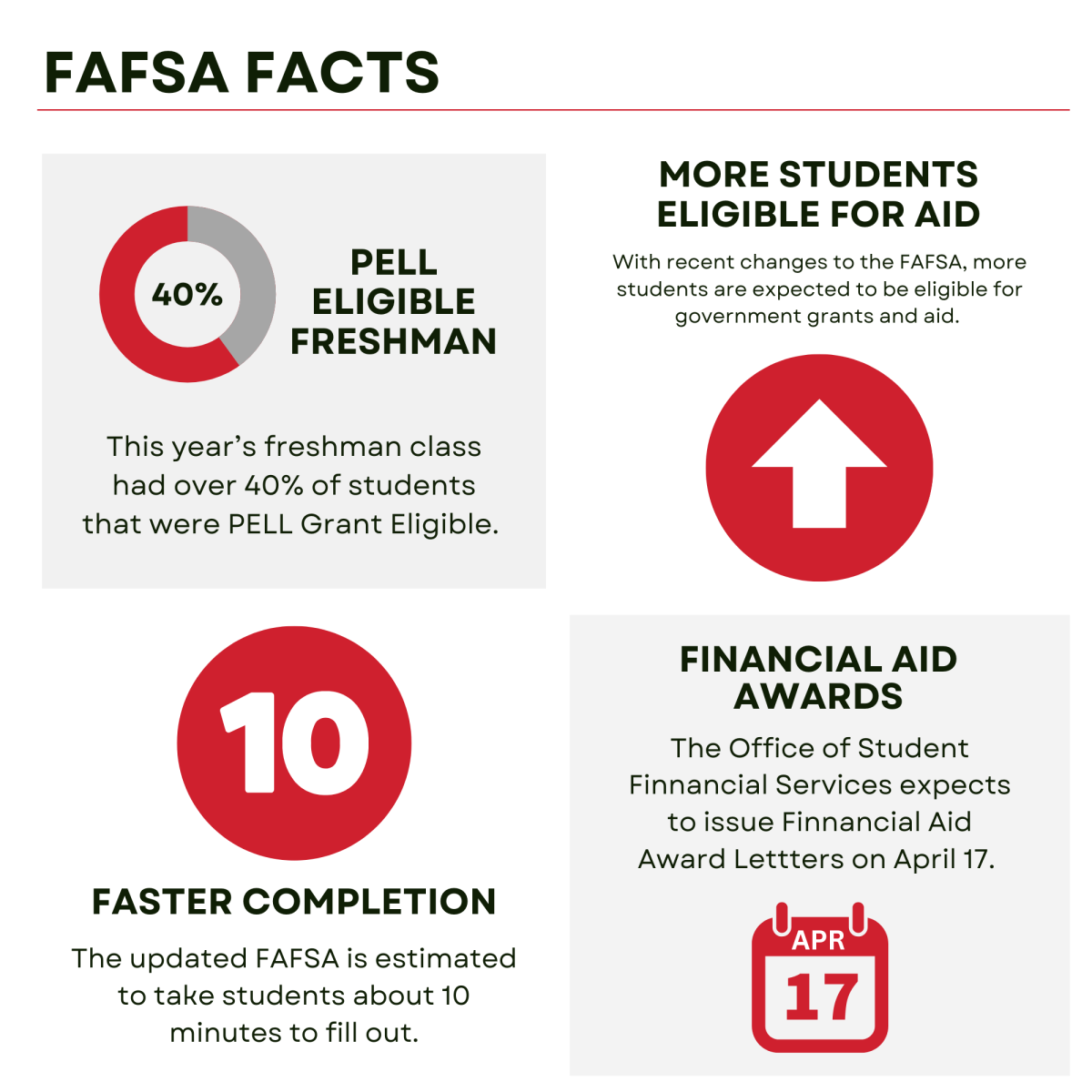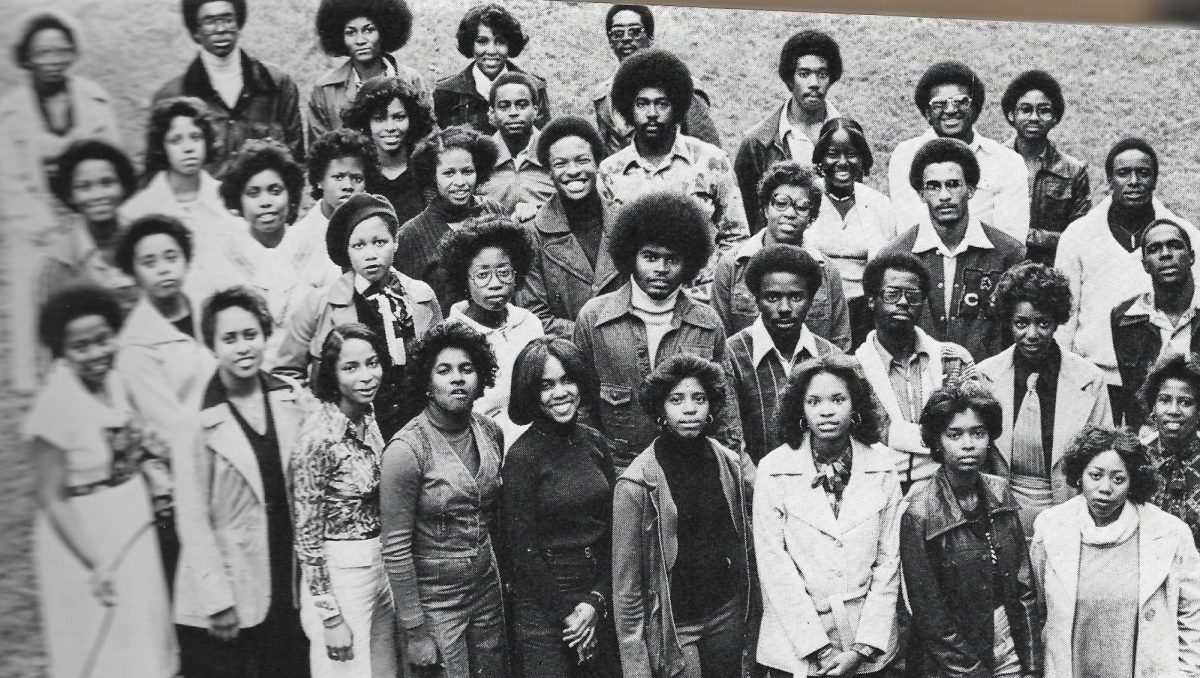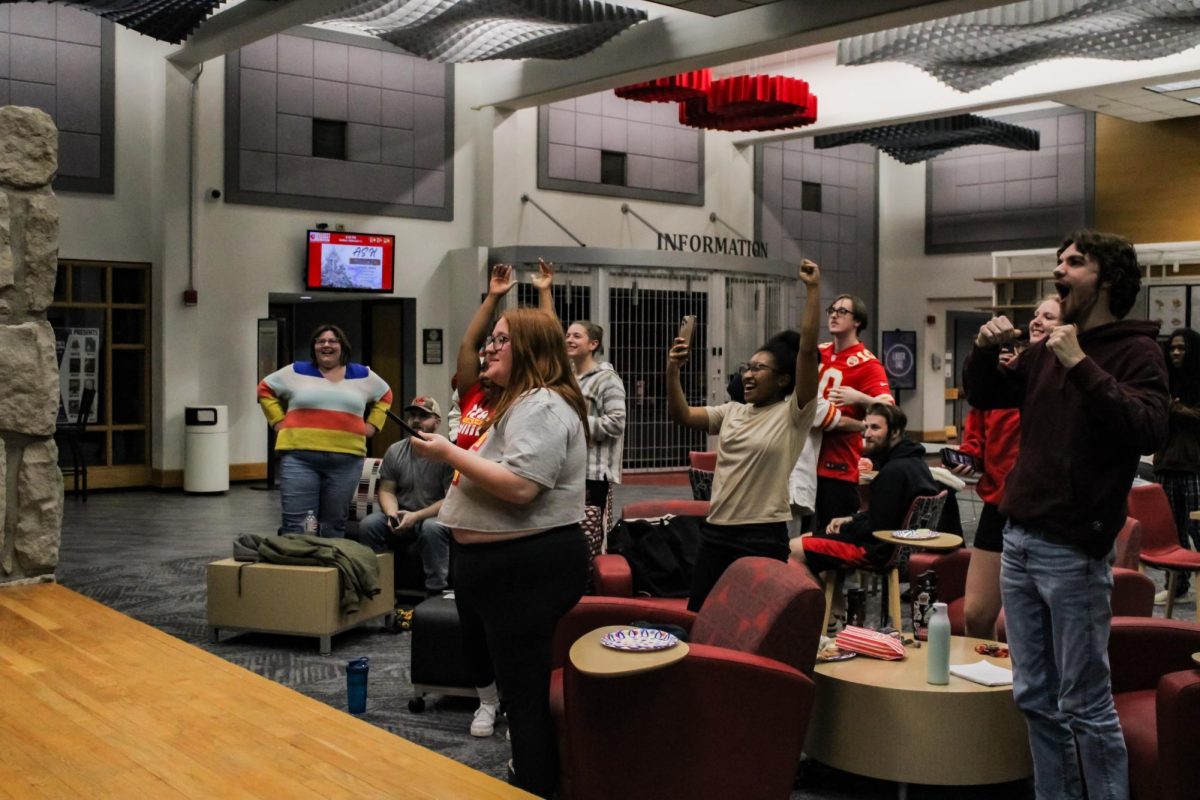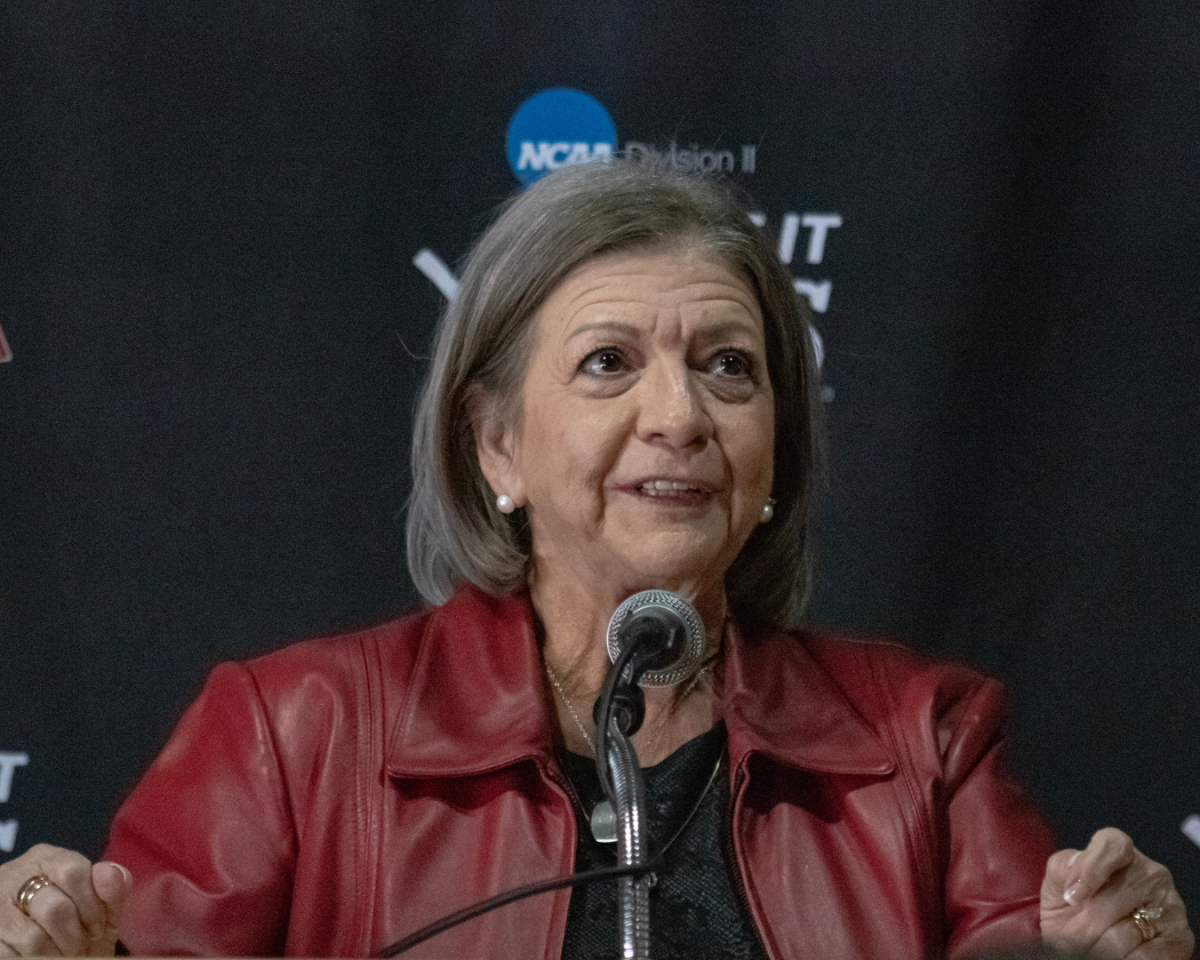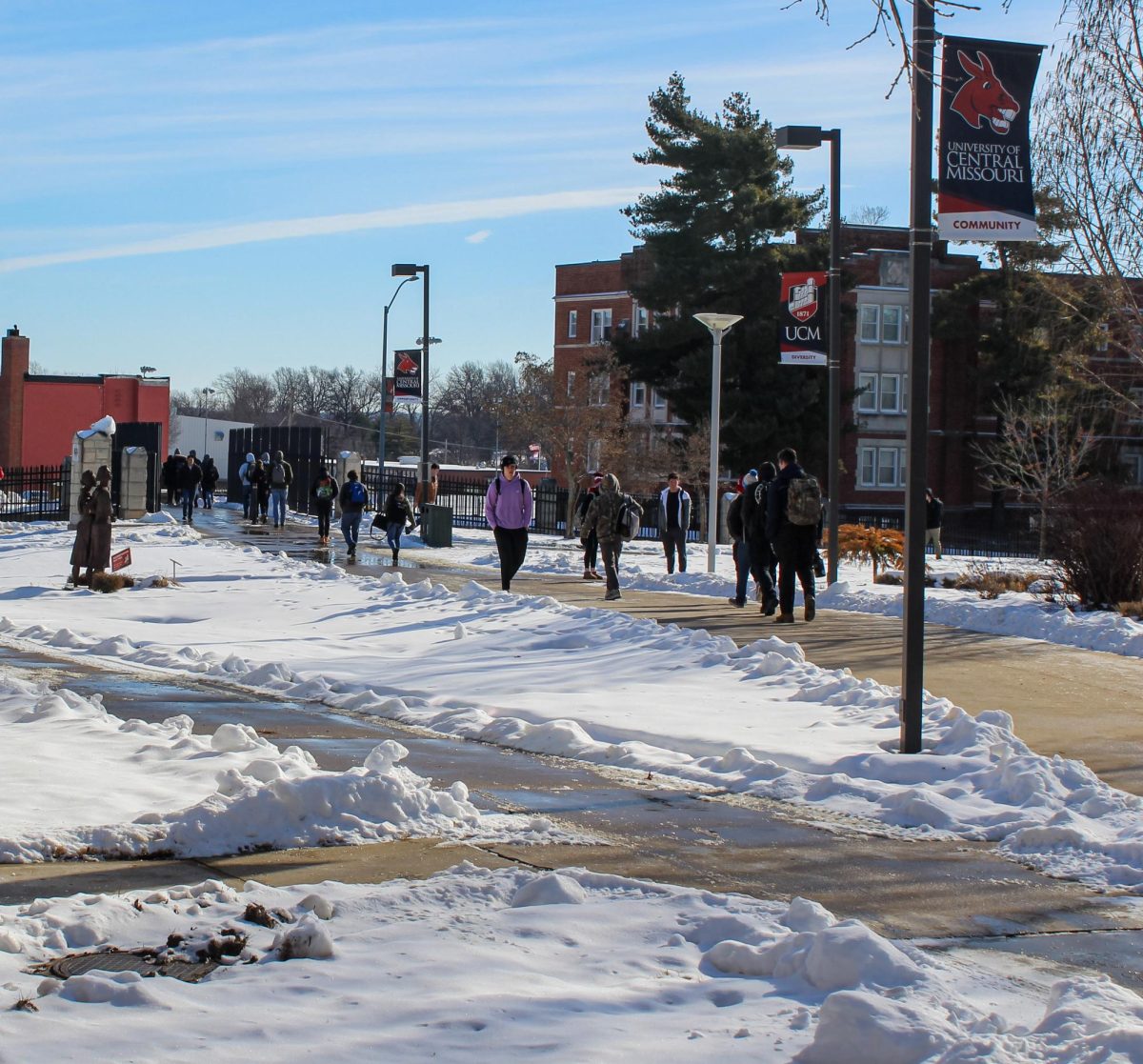The Associated Press
St. Joseph News-Press, March 24
Freight in our future:
Missouri has a freight problem, and it’s too much for the system to carry.
In this case, however, adding a few pounds — or tons — is a good thing. In 2012, Missouri exported $13.9 billion in freight. Transportation analysts believe the state’s freight movement will double by 2040. Located in the heart of the country and crisscrossed by major highways, Missouri is bound to see lots of truck traffic in the future.
Warehousing and logistics businesses in our region have grown and added jobs; others have grown as they access transportation. IBC North America and Clean Tide Container in Chillicothe, Mo., as well as Triumph Foods and FedEx in St. Joseph, are all examples of expanding businesses that rely on shipping.
Clearly, managing freight transport is essential to the region’s continued growth. And the more freight, the bigger our problem of moving loads efficiently. Wider, stronger highways, however, are not the only solution.
Waterways and railroads are answers to meeting growing demand and can facilitate more business development in the state. The public is catching on. In a Missouri Department of Transportation survey, Northwest Missouri residents identified farm-to-market routes and river port efficiency as top concerns.
A decision by the Maritime Administration to designate the Missouri River as a maritime highway opens up greater opportunities for barge traffic. The designation improves access to the river and could mean more material shipped by barge — an efficient method of transporting grain and heavy materials.
MoDOT currently is developing a statewide freight plan, with the draft expected to be complete in June. Input from the public gathered last year indicates taxpayers want to promote jobs and economic development.
A comprehensive plan that makes use of all the resources available will enable the state system to grow and successfully put on a little more freight.
___
St. Louis Post-Dispatch, March 19
Audit confirms housing tax credit is broken:
Here’s what Missouri Auditor Tom Schweich said this month in an audit criticizing elements of the state’s Low-Income Housing Tax Credit program:
— “While the program has helped provide thousands of units of affordable housing for low-income Missourians, options exist to improve the efficiency of the tax credit model.”
— “Missouri ranked highest in state (low-income housing tax credit) funding, and was one of only two states with a per-capita rate exceeding $20. Six states had per capita rates of $5.14 or less.”
— “Since fiscal year 1997, the (Missouri Housing Development Commission) has authorized $842 million more (tax credits) than projected (in the original legislation).”
— “Currently, only (42 cents) of every tax credit dollar issued actually goes toward the construction of low-income housing.” The rest, he said, goes to the federal government or investors.
— “The … program results in a very low return on investment.”
Mr. Schweich did not say kill the program, or stop building low-income housing or toss granny out in the street. Some advocates of the low-income housing program act like the sky is falling any time someone proposes needed reforms.
Making it better is not the same as trying to get rid of it. But developers and investors who funnel thousands of dollars of campaign donations to lawmakers to protect their investment don’t want anyone messing with their gravy train. So they describe reform as apocalypse.
Mr. Schweich is a Republican. The previous state auditor, Susan Montee, was a Democrat. Her audits of the same program reached similar conclusions. There are conservative Republicans and liberal Democrats who see waste in the program and want to see it reined in. It’s not politics. It’s math.
But year after year, proposals to cap the tax credits, or make them subject to appropriation, or add a sunset clause to the legislation (like nearly every other tax credit program has) fall victim to big-money interests.
Tax credit developers get their money before schoolchildren. The state is No. 1 in this corporate welfare program and near the bottom in education funding. Good organizations that exist to help the poor, senior citizens and the disabled serve as fronts for bankers and developers rather than seeking fair reforms that might lead to better outcomes for the populations they serve.
Mr. Schweich’s audit makes several recommendations, none of which are intended to reduce the number of dollars Missouri invests in low-income housing projects. The best one, and least likely to occur, would be to offer direct funding for low-income housing. That would reduce the profit motive for the middleman and allow the state’s investment to go further. Done right, it would mean more low-income housing, not less.
But that would mean developers would have to get in line with every other cause seeking state funding instead of getting preferential treatment. At most lawmakers this year might agree to cap the amount of money that goes into the program; such a cap has passed the House, but doesn’t go far enough.
In no other area of the state budget would Missouri lawmakers accept spending a dollar and getting only 42 cents worth of return. But they accept it for the low-income housing program because that’s the way their donors want it.
Mr. Schweich, whose re-election bid puts him atop the Republican ticket in 2014, says the low-income housing tax credit program needs to be fixed. Every member of the GOP running for office should read his report and ask himself whether he’s going to support him.
___
The Joplin Globe, March 21
Evolution in thinking:
An evolution in the treatment of cancer patients calls for an evolution in the law. Fortunately, Missouri legislators quickly worked together on passing a bill that will require insurance companies to cover the same out-of-pocket costs for chemotherapy pills as they do for intravenous chemotherapy treatments.
For thousands of cancer patients receiving care in this state, it means they will be able to afford the targeted treatment that comes in certain cases when the use of chemo pills is appropriate.
Missouri Gov. Jay Nixon on Wednesday signed a bill into law that prevents insurance companies from charging higher prices for oral chemotherapy medicines.
In doing so, he made the statement that “Missourians struggling to overcome this terrible disease deserve access to the most effective treatments available, not a $10,000 prescription bill.”
The new law will limit the out-of-pocket cost insurance companies can charge for the chemo pill to $75 for a 30-day supply.
This bill had overwhelming support in both the House and the Senate, and why shouldn’t it? The heartbreak of cancer is evident. It crosses all walks of life and affects people of all income levels. Its costs can be astronomical.
This evolution of thinking needs to continue in our Legislature so as to help those who are unnecessarily being denied medical care. The Legislature’s failure this session to expand Medicaid is hurting about 200,000 low-income Missouri residents.
Expanded Medicaid means expanded health insurance for many. Isn’t it time the same empathy used in passing the chemo pill law be applied to ease the suffering of the working poor?
___
Columbia Daily Tribune, March 24
Move forward on Callaway permit extension:
Ameren is seeking a 20-year extension permit from the U.S. Nuclear Regulatory Commission for its Callaway Energy Center. The commission says the plant has had small impact on land use and air quality, and alternative energy sources such as natural gas, wind and coal are insufficient to replace Callaway’s output.
The permit is opposed by the Missouri Coalition for the Environment for the usual reason: No long-term plan exists for future storage of spent fuel rods.
The government should approve such a plan, but its current lack is no reason to deny nuclear power generation in the United States, particularly at Callaway, widely recognized as one of the best nuclear operations in the world.
Ironically, the very fact that nuclear-generating waste storage is not regarded as an imminent danger underlies the slow-go on a permanent plan. Lawmakers have the luxury, so to speak, of avoiding the political nettle. They can accommodate fervent enviro-naysayers with inaction, knowing the nation and the world can live with further “consideration.”
This is no long-term solution, though. It keeps the status of nuclear power unnecessarily tenuous, and a decision should be made to end an irrational process. Failure to settle on a solution — Yucca Mountain, for instance — is more a political than a scientific problem.
Let the NRC get on with the Callaway extension and back to work on the long-term storage issue. We should get that distraction out of the way.
Missouri has a freight problem, and it’s too much for the system to carry.
In this case, however, adding a few pounds — or tons — is a good thing. In 2012, Missouri exported $13.9 billion in freight. Transportation analysts believe the state’s freight movement will double by 2040. Located in the heart of the country and crisscrossed by major highways, Missouri is bound to see lots of truck traffic in the future.
Warehousing and logistics businesses in our region have grown and added jobs; others have grown as they access transportation. IBC North America and Clean Tide Container in Chillicothe, Mo., as well as Triumph Foods and FedEx in St. Joseph, are all examples of expanding businesses that rely on shipping.
Clearly, managing freight transport is essential to the region’s continued growth. And the more freight, the bigger our problem of moving loads efficiently. Wider, stronger highways, however, are not the only solution.
Waterways and railroads are answers to meeting growing demand and can facilitate more business development in the state. The public is catching on. In a Missouri Department of Transportation survey, Northwest Missouri residents identified farm-to-market routes and river port efficiency as top concerns.
A decision by the Maritime Administration to designate the Missouri River as a maritime highway opens up greater opportunities for barge traffic. The designation improves access to the river and could mean more material shipped by barge — an efficient method of transporting grain and heavy materials.
MoDOT currently is developing a statewide freight plan, with the draft expected to be complete in June. Input from the public gathered last year indicates taxpayers want to promote jobs and economic development.
A comprehensive plan that makes use of all the resources available will enable the state system to grow and successfully put on a little more freight.
___
St. Louis Post-Dispatch, March 19
Audit confirms housing tax credit is broken:
Here’s what Missouri Auditor Tom Schweich said this month in an audit criticizing elements of the state’s Low-Income Housing Tax Credit program:
— “While the program has helped provide thousands of units of affordable housing for low-income Missourians, options exist to improve the efficiency of the tax credit model.”
— “Missouri ranked highest in state (low-income housing tax credit) funding, and was one of only two states with a per-capita rate exceeding $20. Six states had per capita rates of $5.14 or less.”
— “Since fiscal year 1997, the (Missouri Housing Development Commission) has authorized $842 million more (tax credits) than projected (in the original legislation).”
— “Currently, only (42 cents) of every tax credit dollar issued actually goes toward the construction of low-income housing.” The rest, he said, goes to the federal government or investors.
— “The … program results in a very low return on investment.”
Mr. Schweich did not say kill the program, or stop building low-income housing or toss granny out in the street. Some advocates of the low-income housing program act like the sky is falling any time someone proposes needed reforms.
Making it better is not the same as trying to get rid of it. But developers and investors who funnel thousands of dollars of campaign donations to lawmakers to protect their investment don’t want anyone messing with their gravy train. So they describe reform as apocalypse.
Mr. Schweich is a Republican. The previous state auditor, Susan Montee, was a Democrat. Her audits of the same program reached similar conclusions. There are conservative Republicans and liberal Democrats who see waste in the program and want to see it reined in. It’s not politics. It’s math.
But year after year, proposals to cap the tax credits, or make them subject to appropriation, or add a sunset clause to the legislation (like nearly every other tax credit program has) fall victim to big-money interests.
Tax credit developers get their money before schoolchildren. The state is No. 1 in this corporate welfare program and near the bottom in education funding. Good organizations that exist to help the poor, senior citizens and the disabled serve as fronts for bankers and developers rather than seeking fair reforms that might lead to better outcomes for the populations they serve.
Mr. Schweich’s audit makes several recommendations, none of which are intended to reduce the number of dollars Missouri invests in low-income housing projects. The best one, and least likely to occur, would be to offer direct funding for low-income housing. That would reduce the profit motive for the middleman and allow the state’s investment to go further. Done right, it would mean more low-income housing, not less.
But that would mean developers would have to get in line with every other cause seeking state funding instead of getting preferential treatment. At most lawmakers this year might agree to cap the amount of money that goes into the program; such a cap has passed the House, but doesn’t go far enough.
In no other area of the state budget would Missouri lawmakers accept spending a dollar and getting only 42 cents worth of return. But they accept it for the low-income housing program because that’s the way their donors want it.
Mr. Schweich, whose re-election bid puts him atop the Republican ticket in 2014, says the low-income housing tax credit program needs to be fixed. Every member of the GOP running for office should read his report and ask himself whether he’s going to support him.
___
The Joplin Globe, March 21
Evolution in thinking:
An evolution in the treatment of cancer patients calls for an evolution in the law. Fortunately, Missouri legislators quickly worked together on passing a bill that will require insurance companies to cover the same out-of-pocket costs for chemotherapy pills as they do for intravenous chemotherapy treatments.
For thousands of cancer patients receiving care in this state, it means they will be able to afford the targeted treatment that comes in certain cases when the use of chemo pills is appropriate.
Missouri Gov. Jay Nixon on Wednesday signed a bill into law that prevents insurance companies from charging higher prices for oral chemotherapy medicines.
In doing so, he made the statement that “Missourians struggling to overcome this terrible disease deserve access to the most effective treatments available, not a $10,000 prescription bill.”
The new law will limit the out-of-pocket cost insurance companies can charge for the chemo pill to $75 for a 30-day supply.
This bill had overwhelming support in both the House and the Senate, and why shouldn’t it? The heartbreak of cancer is evident. It crosses all walks of life and affects people of all income levels. Its costs can be astronomical.
This evolution of thinking needs to continue in our Legislature so as to help those who are unnecessarily being denied medical care. The Legislature’s failure this session to expand Medicaid is hurting about 200,000 low-income Missouri residents.
Expanded Medicaid means expanded health insurance for many. Isn’t it time the same empathy used in passing the chemo pill law be applied to ease the suffering of the working poor?
___
Columbia Daily Tribune, March 24
Move forward on Callaway permit extension:
Ameren is seeking a 20-year extension permit from the U.S. Nuclear Regulatory Commission for its Callaway Energy Center. The commission says the plant has had small impact on land use and air quality, and alternative energy sources such as natural gas, wind and coal are insufficient to replace Callaway’s output.
The permit is opposed by the Missouri Coalition for the Environment for the usual reason: No long-term plan exists for future storage of spent fuel rods.
The government should approve such a plan, but its current lack is no reason to deny nuclear power generation in the United States, particularly at Callaway, widely recognized as one of the best nuclear operations in the world.
Ironically, the very fact that nuclear-generating waste storage is not regarded as an imminent danger underlies the slow-go on a permanent plan. Lawmakers have the luxury, so to speak, of avoiding the political nettle. They can accommodate fervent enviro-naysayers with inaction, knowing the nation and the world can live with further “consideration.”
This is no long-term solution, though. It keeps the status of nuclear power unnecessarily tenuous, and a decision should be made to end an irrational process. Failure to settle on a solution — Yucca Mountain, for instance — is more a political than a scientific problem.
Let the NRC get on with the Callaway extension and back to work on the long-term storage issue. We should get that distraction out of the way.
Story continues below advertisement

